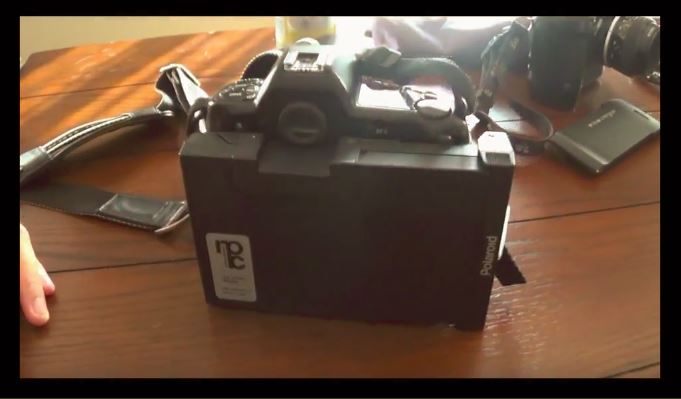The NPC ProBack was a pretty nifty idea, if not a waste of film
Once in awhile, you come across a photography contraption whose purpose or use eludes you. Some of the ones that occasionally still pop up on eBay and photography forums is the NPC Polaroid ProBack, a camera back that was designed to take Polaroid peel-apart instant films for checking exposure, lighting, and composition on the spot. Back in the days, Polaroid films had a different purpose in photography than what most of us today use (and love) them for. They were very helpful for photographers who needed precise exposures for demanding projects. For those who wanted or needed to do this without an actual Polaroid camera (or wanted to get a preview of their camera setup), there was the bulky and unwieldy Speed Magny for those used Nikon F cameras. The cool factor of this was that the back essentially turned the 35 mm Nikon F camera into an instant or large format camera.
Then came the noticeably compact NPC Proback, which used a fiber-optic plate to expose an image from a 35mm film camera onto Polaroid peel-apart films. This was also eventually adapted for a number of medium format cameras, but the back for 35 mm cameras seems to be better known.
All of this sounds the stuff of dreams even today, until the part where you learn it only exposes a 35 mm frame (or 6×6 cm with medium format in square) on a 3 x 4 instant film print. Some say you can fit two exposures onto one print but it’s kind of difficult to find an accurate way to do this. If you’re curious about how it’s attached to a Nikon F90x, and what the actual exposure looks like, we’ve found a video for you.
A word of caution though for those who are running low on their peel-apart films or sorely missing the Fujifilm FP-3000B peel-apart pack film. What you’re about to watch may be a little unsettling.
Have you recovered from the sheer number of shots wasted? Okay, good, continue reading.
Because the NPC Polaroid back didn’t have any additional optics for exposing the whole frame of the peel-apart film (unlike the Speed Magny), its use was essentially limited to meticulous exposure/lighting/composition checking. But, if you have one of these lying around, consider it a relic of photography history (NPC ceased operations around 2000).


